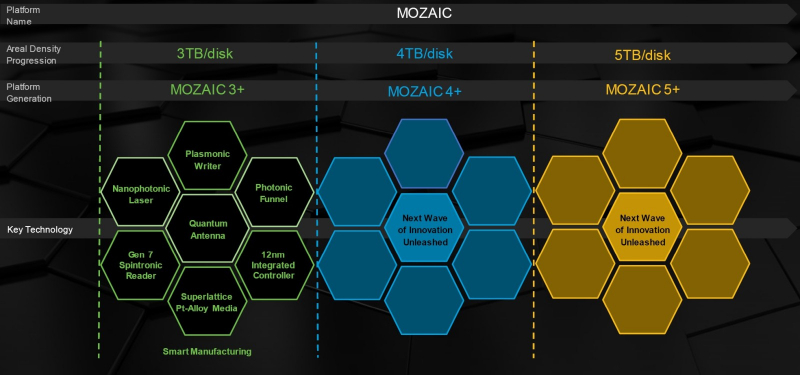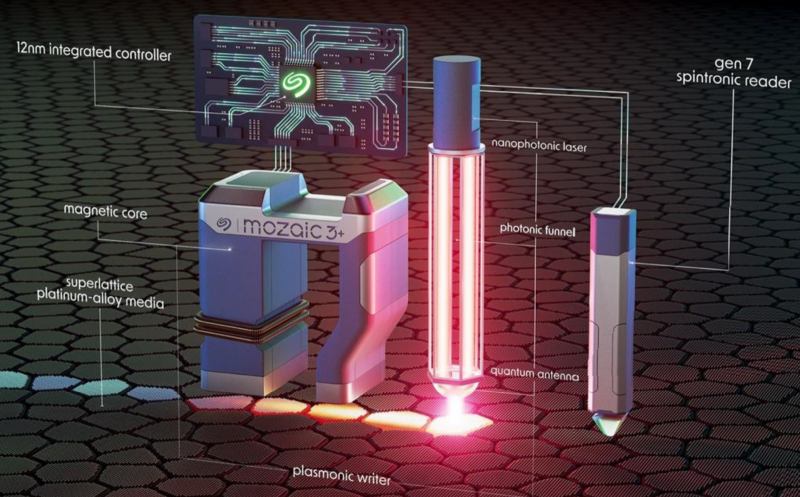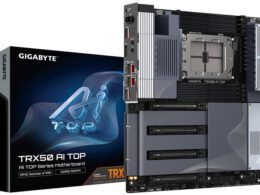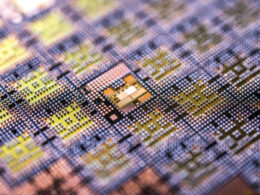Seagate, the renowned data storage company, has recently introduced its new HAMR (Heat-Assisted Magnetic Recording) based Mozaic 3+ platform. In addition to this, Seagate’s Exos product line has been supplemented with a 30 TB hard disk built on this platform, as a part of its long-term plan for large-scale production.
The newly launched 30 TB Seagate Exos hard drives have a record density of 3 TB per plate. Over the next several years, Seagate aims to increase the recording density by 20% with each succeeding generation of HDD. This is substantially higher than the average 8% increase seen in the past 10 years with CMR (Conventional Magnetic Recording) technology.


Seagate intends to commence the distribution of these new HDDs to hyperscalers in this quarter. The company asserts that an average client transferring from traditional 16 TB magnetic recorders to these new 30 TB HDDs can nearly double their server rack capacity while maintaining the same area. Furthermore, the average consumption of the older Exos X16 model is 9.44 watts, translating to 0.59 watts/TB, whereas the new 30 TB Exos consumes 10.5 watts, resulting in a remarkable 40% power savings per TB—or 0.35 watts/TB.


In Seagate’s press release, they highlighted several pioneering technologies employed in the new Mozaic 3+ platform:
- An increase in recording density mainly involves reducing grain size in magnetic carriers, which can reduce recording stability. Working in collaboration with Showa-Denco, an iron-platinum superlattice was developed with augmented magnetic coercivity to ensure accurate and stable data recording.
- The HAMR process necessitates heating the grain to alter its state. Seagate achieved this using a nanophotonic laser, integral to the plasma recording subsystem.
- The seventh-generation spintronic reader – Mozaic 3+ incorporates some of the world’s smallest and most sensitive magnetic field sensors, enabling quality and quick data reading from the disk.
- A novel controller, based on TSMC’s 12-nm manufacturing process, boosts performance threefold compared to current solutions, according to Seagate.


Seagate’s upcoming Mozaic 5+ platform is projected to deliver a capacity of 5 TB per plate by 2028. Though this represents remarkable potential, it’s important to remember that increased recording density is only one aspect of data storage; such scaling does not inherently enhance Input/Output Operations Per Second (IOPS). While Mozaic 3+ certainly provides substantial data storage density increase, it cannot outperform modern SSDs in terms of access speed.
Seagate collaborates with Showa-Denco on plate design and TDK on recording heads. Seagate has secured a temporary exclusive right to utilize these technological advancements which might offer a competitive edge over other HAMR-based hard disk manufacturers in the future. The company foresees the Mozaic 3+ technology being deployed in backup systems, ‘cold’ data storage, NAS, and surveillance systems; thus, the appearance of HAMR in the IronWolf and SkyHawk series is just a matter of time.





